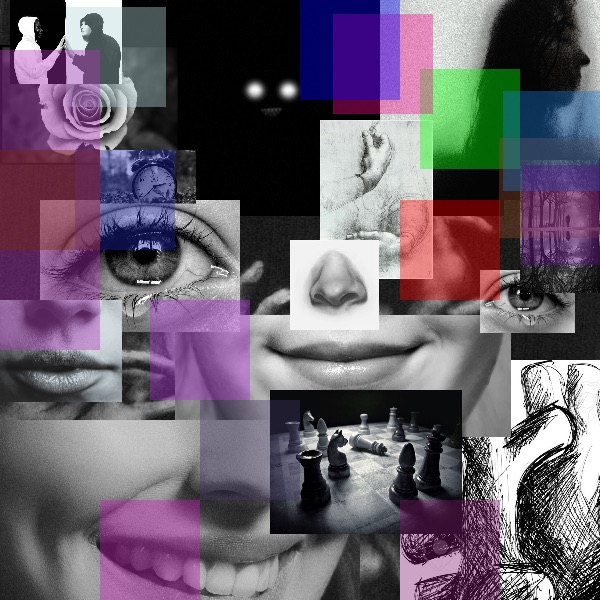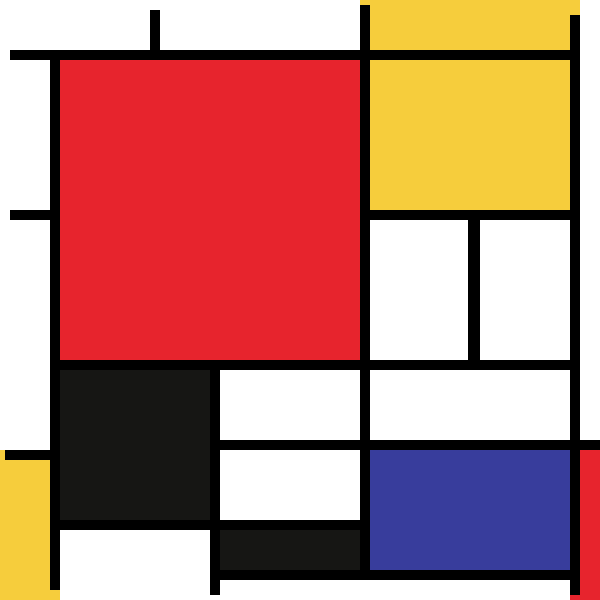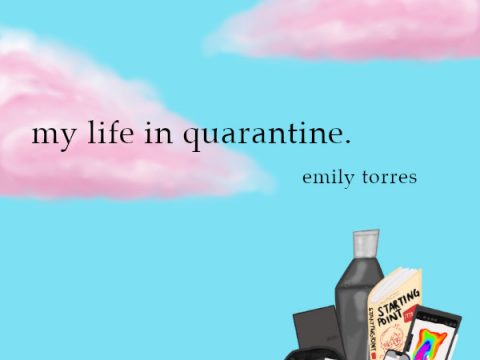
When a collage was assigned to our class, I remember being very excited to create something abstract with deep meaning. This past summer, I enrolled in an art class offered by the college called Material Abstractions. Throughout the class, we learned about several abstract artists and techniques used in making abstract art using materials found in our everyday life. In learning about all of this new knowledge, we had to apply it to our own projects that were assigned to us every week and we would get critiqued on what elements in our art works and what areas need improvement. I remember struggling in the first week of my summer class when attempting to create a monochrome abstract collage. When we had a class critique about the previous week’s project, my professor provided some great feedback that would help me to improve on spreading out my material into various areas of the work that could help balance the overall composition while maintaining the chaos within abstraction. So when we were told to create a collage using code, I was happy to remember some of the techniques and advice I was given from my summer course, which made working with various images and color palettes a lot more manageable.

When most people think about computational media or art, they think one would only have to only press a few buttons and the work is done. However, that is not the case. It is about experimenting with variables, shapes, colors, and other important elements of a piece when it comes to producing a final result. In all honesty, one’s work is never truly done. There is always something one can improve to their work and new techniques that can be applied to the work later on that can help enhance its overall composition. This is true one to using a traditional method of art: it takes a lot of experimentation and time to create a work of art and there will be times where the work can use improvements. When working with my own pieces for Art From Code, I always used the critique I would receive from my peers and take the time to think about what areas I can implement it.
Prior to working with Processing 3 or computational media in general, I was used to working with more traditional methods of art: painting, drawing, pastels, pottery, almost any kind of method not involving any sort of technology. Coming into college with almost no experience in coding, I was nervous about exploring a new form of art I never thought I would see myself experimenting with, yet excited to see what kinds of works I could produce working with a software in a span of three months. However, after working with this software for some time, I think I can say that this is one of the most challenging, yet fun mediums of art I have ever worked with.

When first working with Processing, I would always think that it is such a tedious method of creating art since I would have to code each individual line of code and make sure there are no errors. Within the first couple of weeks, I remember struggling with a few small pieces of my code and feeling like dropping the project after tinkering with the code for several hours. But after a while, I realized that like most art, it takes time and patience in order for my desired result to come to fruition. Visualizing the final product of my work regardless of what medium I use is what motivates me to continue experimenting and completing my final work.

